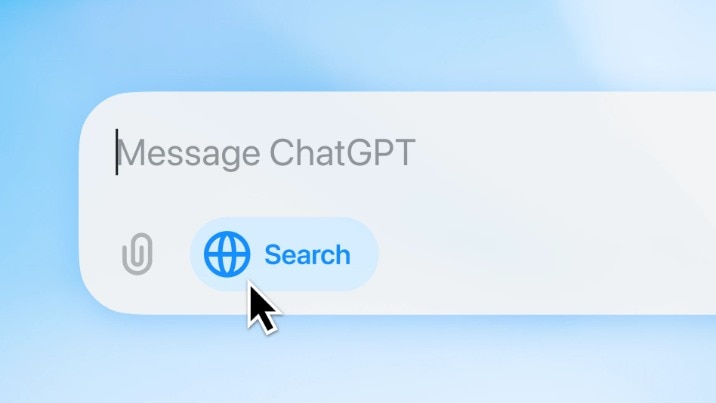Openai has announced that the ChATGPT search feature is now available on Chatgpt.com for all purposes. Users no longer need to sign in to use the feature. Previously, users had to sign up through their Google, Apple or Microsoft accounts to access the features when they opened ChatGPT.com. However, the company is currently eliminating the steps in the process that uses the feature. In response to an announcement posted by Openai on X, the company’s CEO Sam Altman jokingly wrote:
Openai launched the ChatGPT search function last November. However, it was later limited to paid users only. However, at the time of writing the story, this feature was available to everyone. I checked both the web and mobile apps and the search function was available in the standard ChatGPT version.
The ChatGPT search feature was first tested as SearchGPT. However, in November 2024, Openai launched it as a feature called Search. Openai describes it as a tool to get fast and timely answers to links to related web sources and queries shared in supported ChatGpt. Previously, for some queries that require web search, users still had to switch to Google or other browsers for information. ChatGpt has limitations on the dataset it itself has and is not always accurate. The app also warns about that.
However, using the search feature based on the query you ask allows you to choose to use the search feature by ChatGPT searching for the web or clicking on the web icon that appears just below the text box. “This (ChatGpt Search) combines the benefits of a natural language interface with the value of the latest sports scores, news, inventory estimates and more,” OpenAI said of its launch features. This increased the probability of information accuracy. However, you should always check that on the edge.
This is also why the CHATGPT search feature was considered a direct competitor to Google at the time of its launch. Especially with the news that Google is working on its own AI search tool.
ChatGPT Search is equipped with an expanded version of OpenAI’s GPT-4 model. In addition to searching the web, this feature also allows users to ask follow-up questions in search mode.


